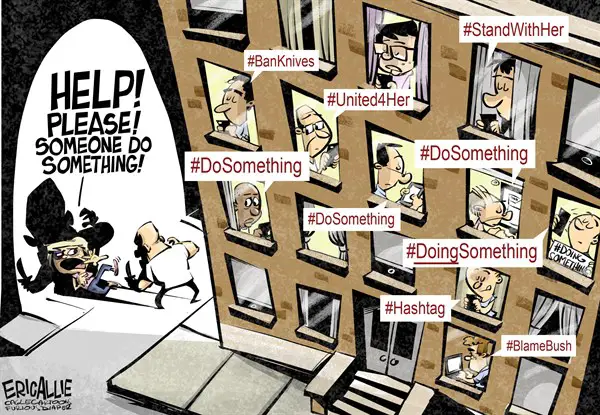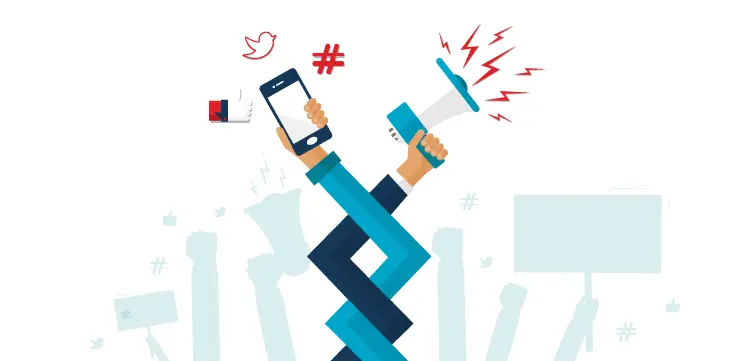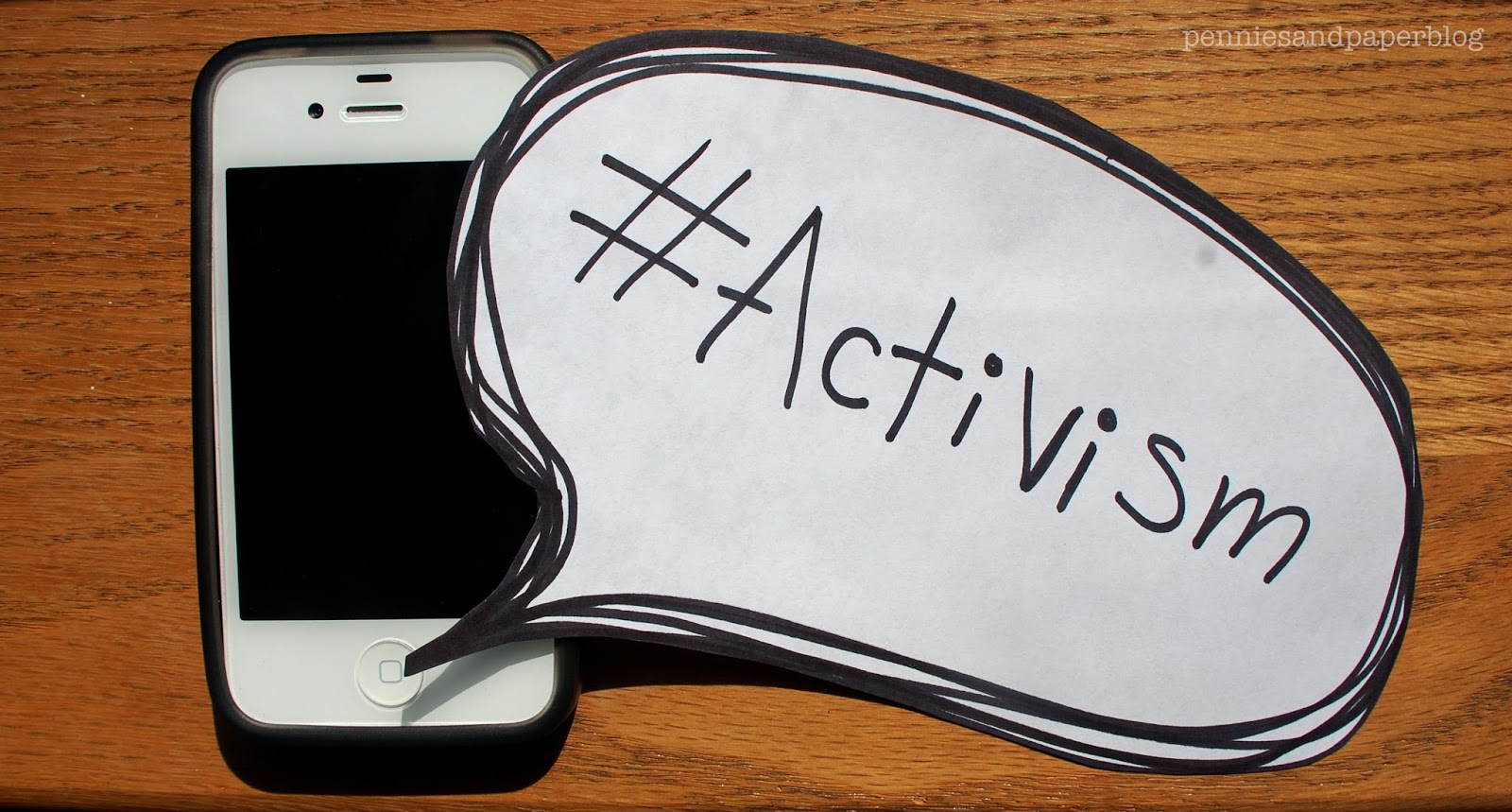The kind of accessibility that the internet offers today can be both a blessing and a curse. In this day and age, with the daily terrorist attacks that occur, people turn to social media platforms. With Facebook and Twitter to check in with loved ones and mark themselves safe in a world of absolute trepidation, there is an ability to feel connected to those who are both safe and unsafe, near and far, known and unknown.
The connections that are made via these online forums allow for unity only to a certain extent. Once the hashtag is posted and the support is offered by readers, the window or app is then closed and the compassion is only left circling in the cloud of cyber space. People are then on to the next headline, the next trending item, the next hashtag.
A study conducted by the University of British Columbia demonstrated that certain social media trends in the wake of a terrorist attack can actually have a negative impact on aid, especially as it relates to monetary funds. The research indicated that people who showed their immediate support for something on social media were consequently less likely to donate to the same cause down the line.

This behavior, dubbed “slacktivism,” makes it easy for people to join a movement, show support and lend sympathies for free and disregard the need for active or monetary aid. When asked for real, tangible support through donation after posting publicly for the cause, participants tended to dismiss the opportunity. The study also found that if participants were given the chance to show their support in a more private fashion, they were more inclined to give money later.
The world sees more acts of senseless terror with each passing day than anyone should see in their lifetime. The scare tactics used by terrorists remain the same, with the same underlying motive to evoke a great deal of fear in people, but the ability to see these acts through the internet is greater than ever. Constantly refreshing all of the social media apps and websites that provide these news stories, the world’s news is at our fingertips.
A study conducted by Pew Research in 2016 revealed that only two in ten U.S. adults got their news from print newspapers. And while TV remained the reigning platform by which adults received their news, the number was lower for younger adults, showing a trend for future generations. Since 2013, the number of Americans who receive their news on a mobile device has increased from 54 percent or 72 percent in 2016.
There is something intriguing about the ease of scrolling through a multitude of news stories while being able to tune into a number of headlines at once. The timelines on social media allow for a series of sources to report on any number of news headlines, no matter how big or small.
After the terrorist attacks in London this year, sentiments on social media seemed unreservedly sincere. #PrayForLondon began to run its course throughout Facebook and Twitter, allowing those nationally and internationally to show their support, followed by #WeAreNotAfraid. The latter hashtag was an attempt by the people of London to show that this event would not be a lasting dark mark on London’s consciousness. This defiance thrives on social media in these times of despair. While these platforms remain open and available to anyone and may allow evil to permeate the web, there is also a chance for optimism to surface.

The comfortability of technology allows for a safety net to be cast during times of war. However, hiding behind screens and anonymously posting thoughts and prayers online in an attempt prove that #WeAreNotAfraid is not enough.
In 2012, the #Kony2012 movement trended on social media in an effort to help capture the Ugandan warlord who kidnapped tens of thousands of children to be used as child soldiers. The #BringBackOurGirls social media campaign quickly followed this one as the abduction of more than two hundred Nigerian school girls by a terrorist group was apparently inspired by Kony’s war tactics.
The hashtags were not going to stop Kony. These post trends were not going to bring back the girls. In fact, it took three years to find them. This kind of activism on social media stands for a good cause. It is a public expression of solidarity and shows support on a global scale that would have been left silent without technology. But it should only be the beginning.
Social media activism is merely a starting point for participation in a cause, and it should not be a way to slack on real, practical activism with a clean conscience. There is always something else that can be done beyond simply posting a few words or sharing an article or video on social media. What starts as a hashtag must end with a solution, for a singular post is only the bare minimum.
With the accessibility that technology and social media has provided, there should be an even greater movement towards something truly helpful, both socially and economically, in a world of chaos.

















